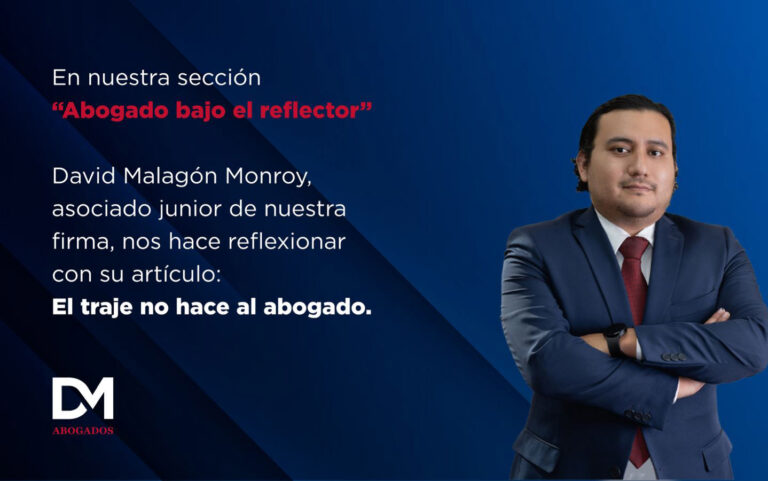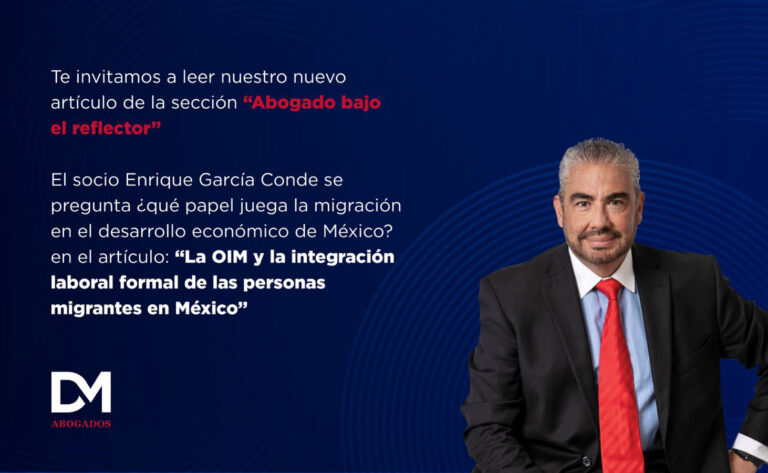Companies are transforming to respond to the changing expectations of their clients and to compete more effectively in a market that requires a greater agility and an improved strategy.
Faced with this, the area of Human Capital is reinventing itself; a more flexible organizational architecture, a more innovative culture and more committed talent, with the necessary competencies to achieve the best results are required today. Given the foregoing, the role of the Human Resources Business Partner (HRBP) is transformed and integrates key five competencies to achieve a greater impact on people and on the business, particularly within the framework of a culture of agility:
1. Culture influencer
Today, the only thing that is clear is that the speed of change increases, and with it, the need for a culture that is capable of adapting rapidly. A study conducted by Mentex shows that this business capability can be not only a competitive advantage but can mean the difference between the survival or non-survival of the organization. In this context, the HRBP assumes a fundamental role in fostering the necessary behaviors for adopting a new digital channel, a new market segment or a vision for innovation, for example. To the extent that the HRBP is able to communicate, inspire and ground new behaviors, he becomes a culture influencer.
2. People´s voice amplifier
The new generations that participate in the world of work have different expectations and, therefore, it is of the greatest importance that they feel that they are listened to and that their concerns are addressed. The voice of the collaborator is becoming increasingly relevant and, thus, the HRBP must be capable of conciliating the participation of people with the possibilities of the business.
3. Work teams connector
Agile companies are organized according to the solutions required by the client; therefore, teams change over time and their members connect and disconnect as required. In order to achieve this, the HRBP must have the capability of identifying the type of competencies that are required in each person to put together the jigsaw puzzle of high performance. This is why vision is no longer individual, he must now be capable of configuring the best combination of individuals. with the proper leadership and a clear vision, capable of achieving results in record time.
4. Innovator of the Employee Value Proposition (EVP)
The part that is the most fun about the role of the HRBP in an agile environment relates to his capability for segmenting the needs of people and connecting them to the organization’s value promise. This task, of course, must be guided by the team leader, but the HRBP must be fully prepared to enable him with the necessary tools to achieve this.
5. Thermometer of the basics
Beyond all evaluation of the concept of organization, the HRBP will always have to ensure that the elements that are the most sensitive and relevant for people are in place. The fundamental role of the people manager in a company will always be to ensure that collaborators find themselves in healthy, positive environments, with the possibility of growth, that have the capability of keeping them connected and aligned with the fundamental purpose.
Faced with these competencies, Human Capital structures also have to evolve to ensure that both the HRBP and CEOs are collaborating effectively and anticipating market needs; thus, the system of competencies must be designed to ensure that these are complementary capabilities, that is, that the strategic focus of the functional experts is geared toward the resolution of practical problems of the teams under the care of the HRBP; thus, they will both be connected and aligned with the internal client.
____
Editor’s note: Blanya Correal is an Industrial Engineer with over 25 years’ international experience in Human Resources and labor strategy in several multinational companies such as Coca Cola Femsa, Danone and Nissan. She has been recognized for two consecutive years as one of the 30 best CHROs in Mexico and she is in the top 20 of the ranking of the Most Powerful Women in Mexico according to Expansión magazine. Follow her in LinkedIn. The opinions published in this column belong exclusively to the author.




